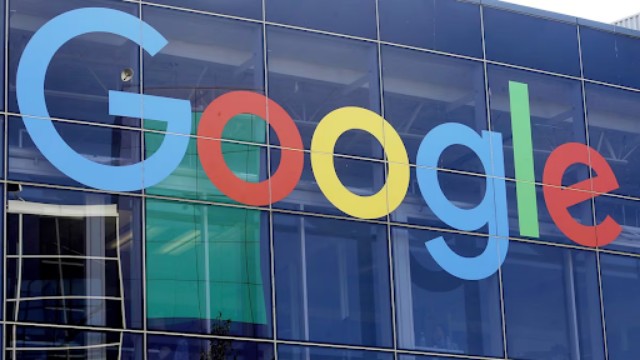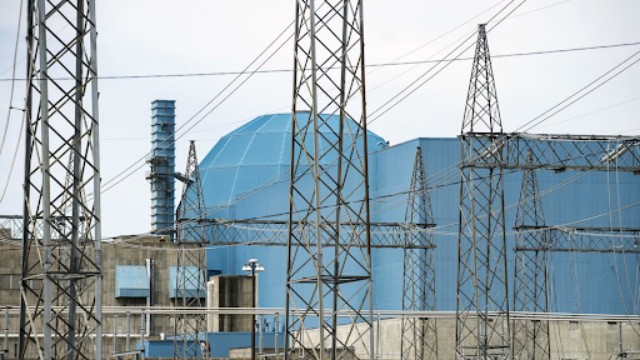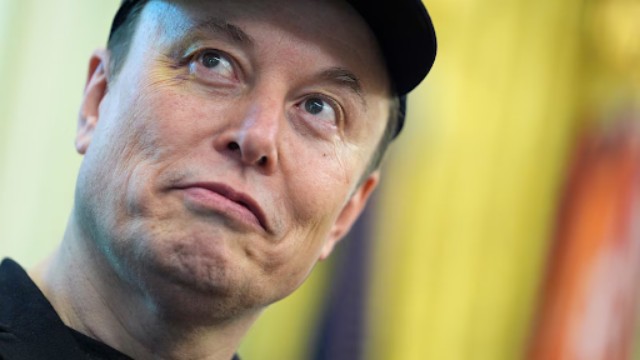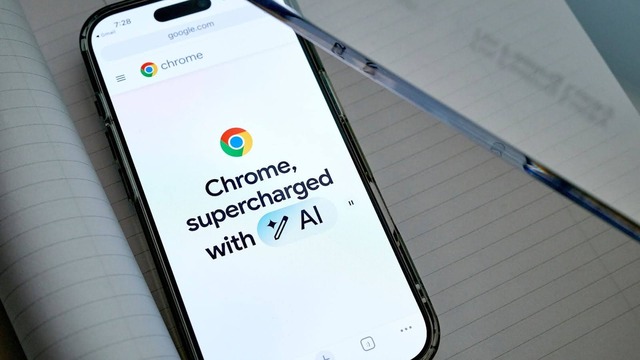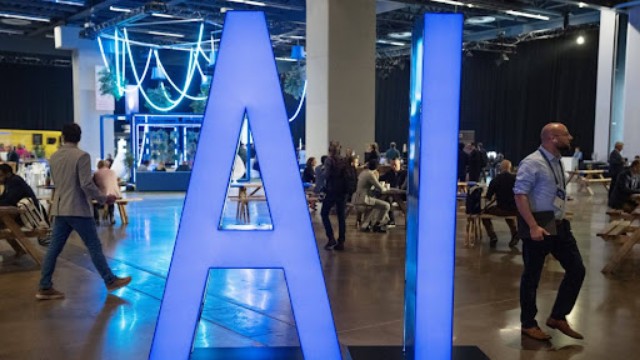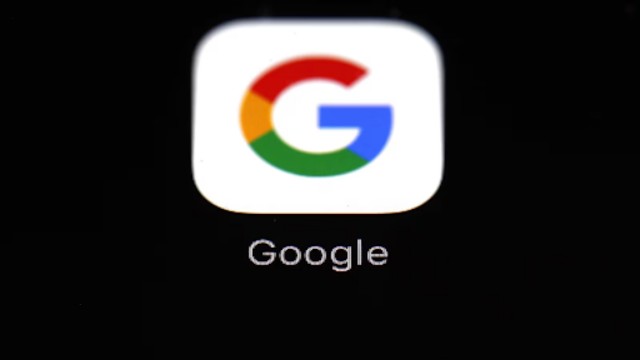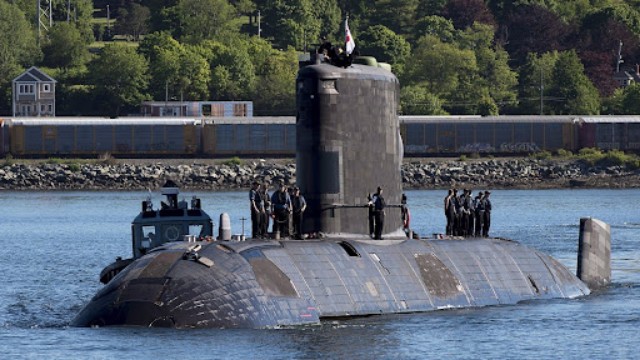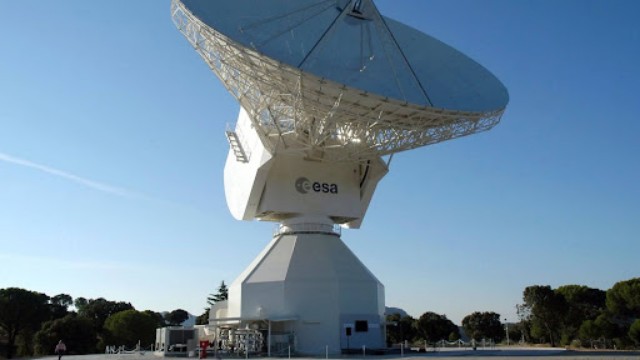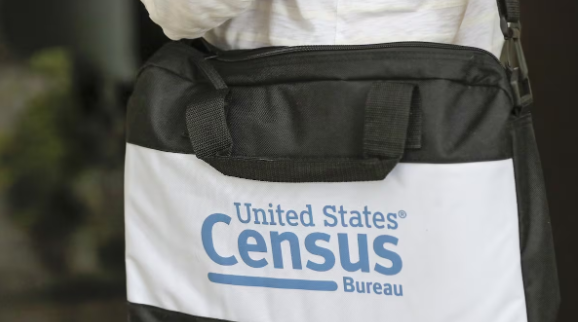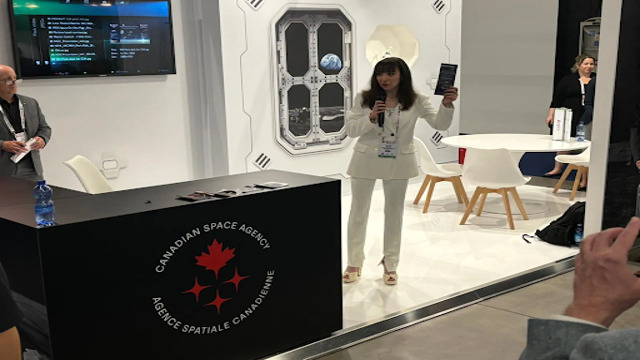
Madison Feehan showcases Space Copy at the 75th International Astronautical Congress in Milan, held at the Canadian Space Agency Pavilion. Global News
At just 21 years old, Madison Feehan from Edmonton is already achieving extraordinary things. Her passion for space science began when she was in the 9th grade, and since then, she has been on a fast track to success, including five years working with NASA.
For Feehan, space exploration has been a dream, but one she never imagined would become her career. She reflects, “Going into space exploration and space science was not something that I would have predicted for my career. Ever since about the 9th grade, I’ve shown a very strong interest in it and have been trying to commercialize ideas with NASA ever since.”
Madison’s career with NASA has taken off in a big way. She currently works as part of the NSPIRES system, a platform for reviewing technology proposals for upcoming missions. Her role as an executive panelist and peer reviewer has her evaluating various technological innovations to determine their relevance to space missions. While this was initially a culture shock for Feehan, she quickly embraced the challenges. “When one of these technology ideas comes in, it is my job to review the technology, see if it has the merit to go to space and the relevance to any upcoming NASA missions,” she explains.
Along with her work at NASA, Feehan is also the CEO and founder of Space Copy, a company focused on developing 3D printers capable of creating scalable infrastructure for extreme environments. The goal of Space Copy is to use 3D printing technology to help build infrastructure on Earth and in space, reducing costs for space agencies like NASA. Feehan’s groundbreaking idea is to use on-site materials to 3D print essential items, which could reduce transportation costs by as much as 70%. This innovation could be a game-changer for space missions.
A 3D-printed brick made from a lunar soil substitute designed to mimic the highlands. Global News
“We’ve come up with a formula for converting lunar soil into usable infrastructure,” Feehan said. This includes creating everything from bricks for habitats to tools and parts needed for repairs. A great example of this work is a brick created from a lunar soil stimulant, which was 99.7% accurate to the soil recovered during the Apollo 16 mission.
Feehan's company has not only made strides in research but also earned recognition on the global stage. In the past two years alone, she has attended over 60 conferences worldwide, showcasing her work with Space Copy. Her company was recently selected as the winner of the Aldrin Family Foundation Global Innovation Award.
Looking ahead, Feehan’s company has plans to send a 3D printer to the surface of the moon by 2031, aligned with NASA’s Artemis mission. This bold goal highlights her determination to make space more accessible and sustainable.
Madison Feehan stands alongside retired astronaut Colonel Chris Hadfield. Global News
Despite all her accomplishments, Feehan remains grounded. She humbly shares, “Sometimes we just cannot believe—my team and I—that we’ve gone this far, this fast. It’s an absolute privilege to be able to work in an ecosystem that many say is extremely challenging, or nearly impossible, especially for young women.”
Madison Feehan’s journey is a testament to her hard work, vision, and determination, inspiring young people, especially young women, to reach for the stars and beyond.


